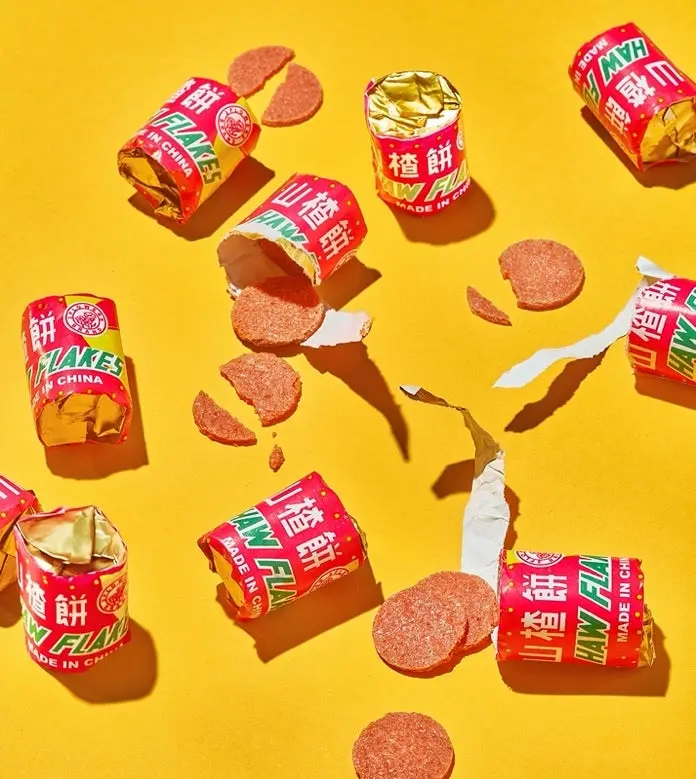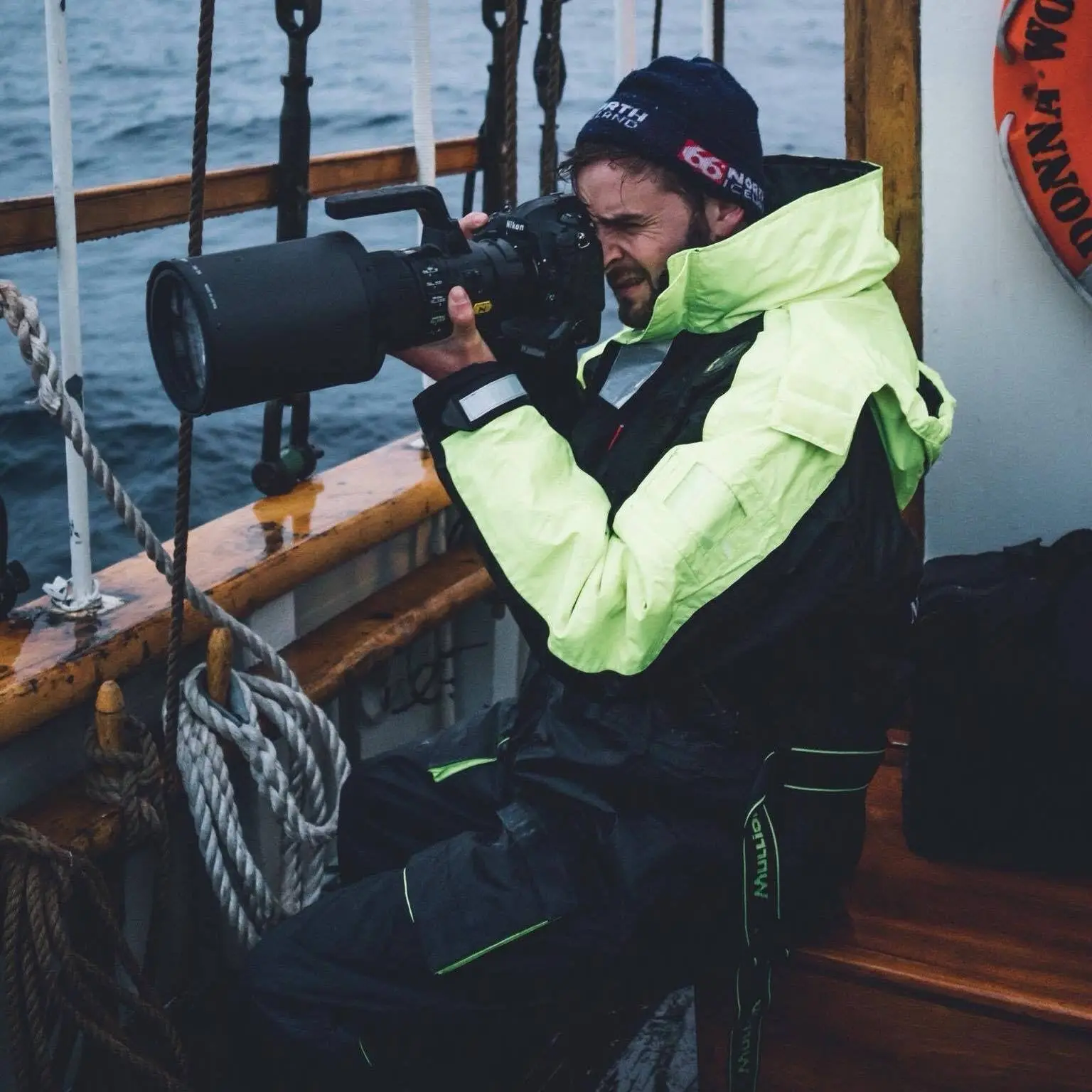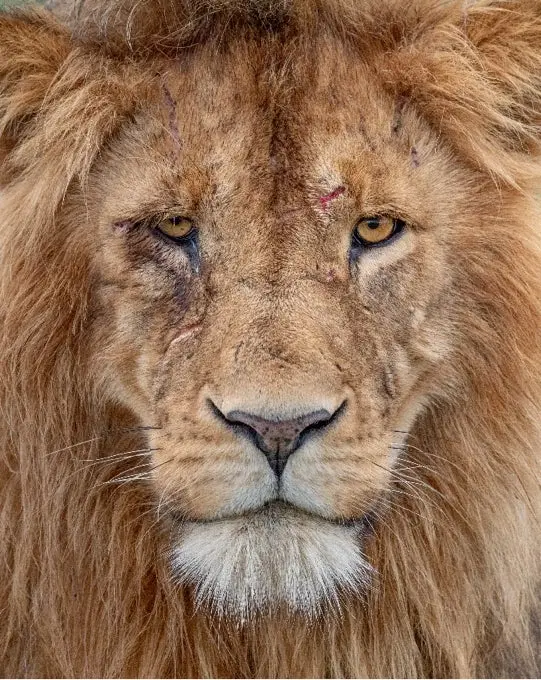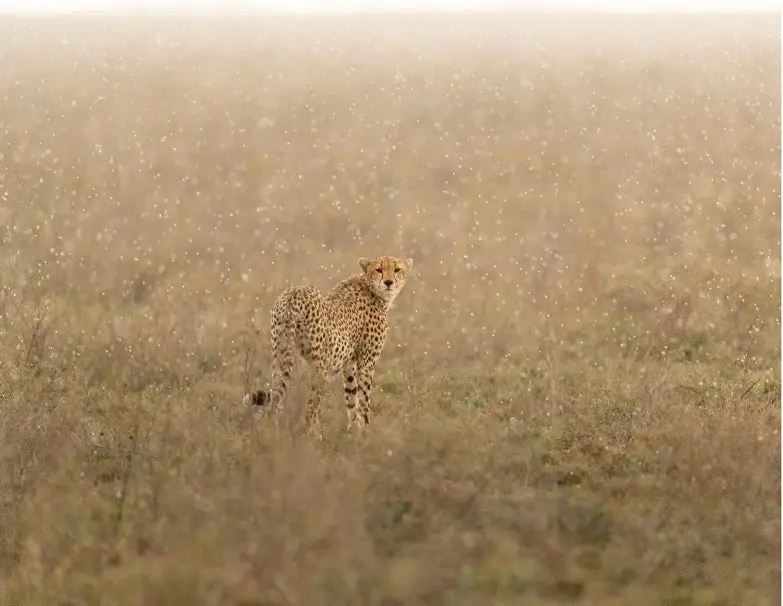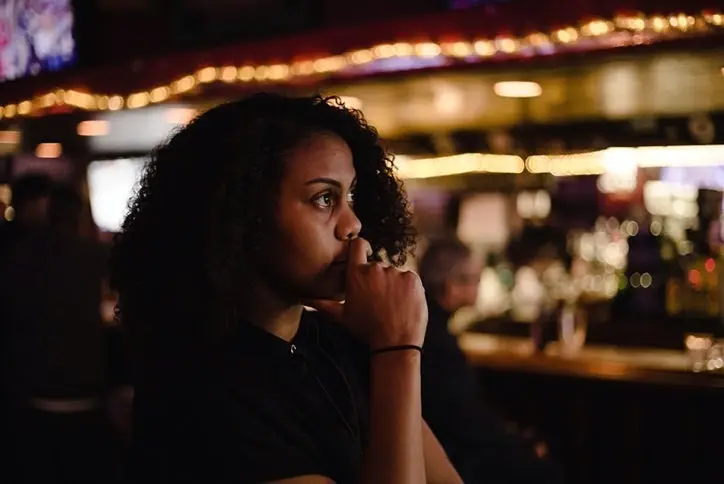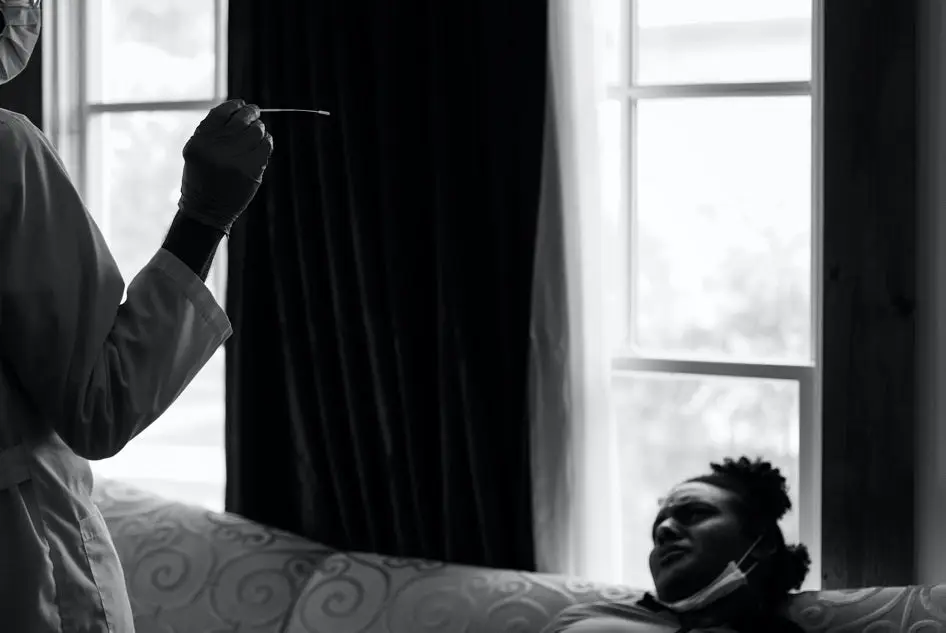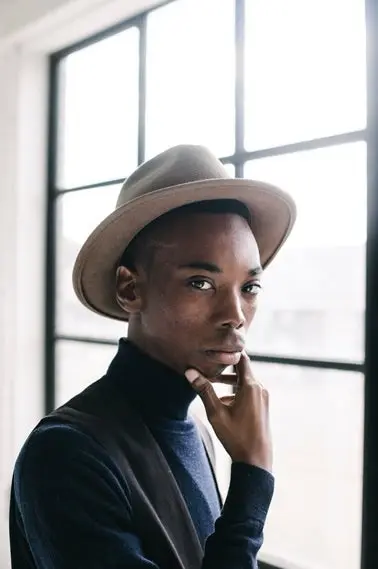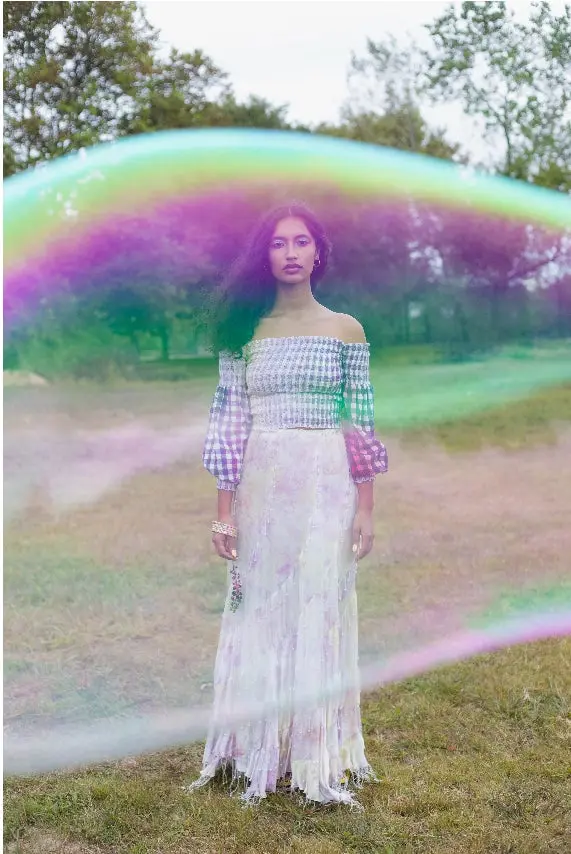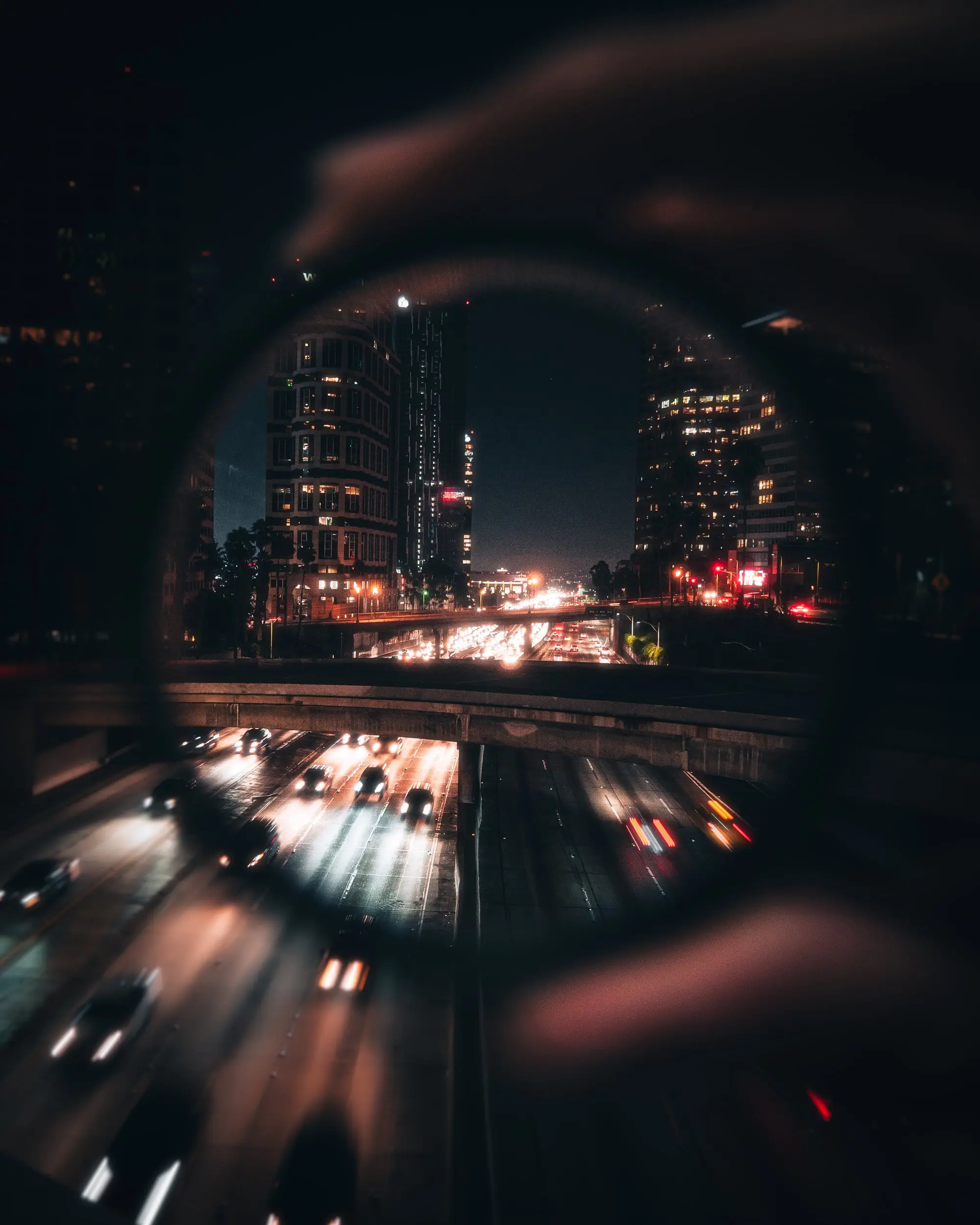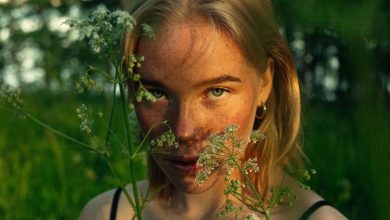How the pandemic disrupted the way these photographers created & their takeaways for the future
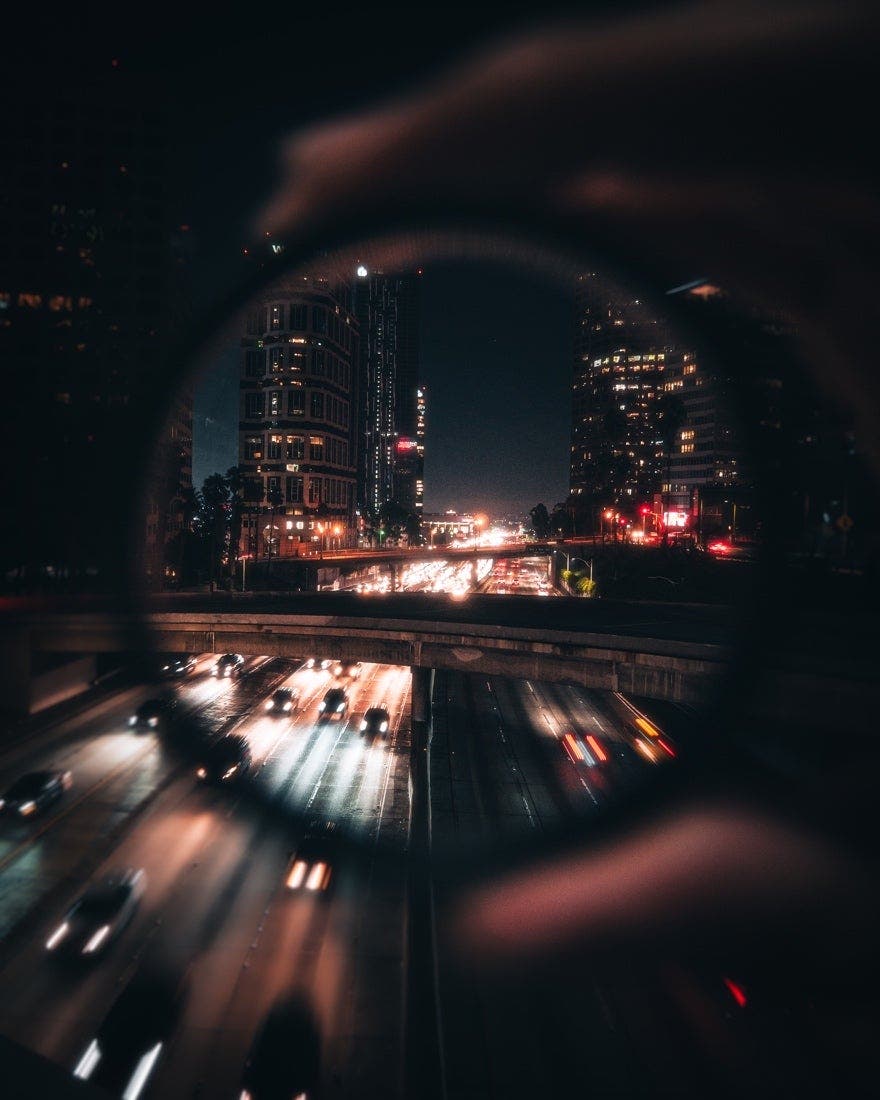
As we reflect on the one-year anniversary of COVID-19 pandemic lockdowns and restrictions, we’re inspired by the photography community who create during these challenging times.
Image by John Wu.
As we reflect on the one-year anniversary of COVID-19 pandemic lockdowns and restrictions, we’ve been inspired to see how the photography community has come together and found innovative ways to create during these challenging times. Despite significant hardships, photographers have risen above these challenges to create work that pushed their professional and personal goals to new heights.
In recognition of the community, we’re sharing some of the powerful stories of photographers who have inspired us with their creativity this past year. Their stories and key takeaways offer hope and inspiration for other photographers as we look ahead to the future. Let’s dive into their powerful stories of adapted approaches and takeaways. All of the photos included below were taken during the COVID-19 pandemic and showcase amazing creativity despite the challenges of the past year.
Contents
Becoming her own boss ❘ Erin Ng
“When the pandemic hit, San Francisco was one of the first cities to lock down,” said Erin Ng, an Adobe Lightroom Rising Star and food photographer. She described how on set, shot lists were truncated during food photoshoots to accommodate extra cooking, lighting time without assistants and extra cleaning in between shots to prevent spread of COVID-19. Additional protocols included masks, six feet of distance, shooting outside when possible, no eating — “hard whilst doing food photography!” — and temperature checks.
Like many photographers, Erin said she decided to “set up a little home studio, had clients ship products to me when possible, and started shooting by myself.” Erin said that shooting independently forced her to hone her food and prop styling skills and practice conceptualizing and producing projects from beginning to end. She appreciates the collaborative process so much more now that she had to be a one woman show.
With restaurant and food business clients adjusting to reduced operations and marketing budgets, Erin decided to branch out into product photography. She invested her extra time in learning strategic photography marketing skills and would recommend that other photographers “diversify your skill set and revenue streams so that you’re always equipped to pivot when one thing dries up. For example, I started shooting skin care product photography because that industry was relatively stable (even booming!) while food/hospitality was taking a big hit.”
Returning to his roots ❘ George Turner
Wildlife photographer George Turner saw immediate changes to his work when the pandemic hit. “My work is almost entirely dependent on travel, whether that’s internationally or domestically,” he said. “When the first national lockdown came into place…I saw an entire year’s worth of work disappear within a week.”
Since he could not travel to create content, George turned to past projects that he had previously shot to find inspiration. “As a creative, I found my solace in Lightroom. Days were spent diving back into the back catalogs, revisiting (and sometimes rediscovering) work that had been lying dormant for months, if not years,” he said. “While travel and work wasn’t impossible in a real-world sense, transporting myself to past assignments gave me real hope, plus reminded me what was waiting (and still is!) once this passes.”
While revisiting past projects, George returned to his roots and reminded himself of his mission: the environment. He focused on his passion for telling important stories and found that the last 12 months created “a double-down effect” in his purpose as a creator.
He plans to implement this new approach to his photography moving forward, counseling other photographers: “Don’t focus on the ‘hero’ shots and spend more time truly combing through past projects.” He shared the importance of looking “to others for inspiration, especially when you’re lacking confidence in yourself. Like-minded people are an important creative fuel.”
Focusing on self-care ❘ Alexis Hunley
During this time of immense change, many photographers may feel the urge to constantly create and focus on their productivity until they burn out. However, health and safety of themselves and others should remain first priority — and that includes self-care.
Alexis Hunley, an LA-based photographer and Adobe Creative Residency Community Fund recipient, shared, “I have been severely limited in my ability to safely shoot in studio sessions that are not assignments because I simply don’t have access to the resources needed to meet COVID safety standards…I’ve had to find ways to reduce the risk of contracting or spreading COVID-19 within my household when I am not working that has changed my creative workflow.”
In response to this challenge, Alexis focused on self-care and her physical and mental wellbeing in order to continue working. “I cannot stress this enough — when I don’t take care of my body physically, mentally, and spiritually, I cannot function, let alone create,” she said.
When her mind began to race and her brain cycled in a loop, she found that implementing time and space into her routine gave her more moments of inspiration, noting that “the work I am most proud of, the work that brings me joy, the work that leads to bigger and better opportunities stems from the ideas and inspiration that come when I am resting.”
Finding peace of mind ❘ Curt Saunders
Lightroom Rising Star Curt Saunders knew something was going to be different when sanitizing stations popped up at a live event he was shooting in early 2020. A portrait and fashion photographer from Brooklyn, New York, he divulged that he “expected to do no shooting at all for the rest of 2020 because uncertainty of what things would look like in the midst of all these unprecedented circumstances, especially as a freelancer.”
As COVID-19 cases in New York declined a bit, Curt was able to do some outdoor, socially distanced work. He stated that one of the things he most frequently thought about in 2020 was making intentional work. He asked himself, “If something unpredictable happens, and I’m unable to create for some time — do I have work I can stand on? Am I wishing that I did something different? I’ve realized that creating the work I love not only gives me peace of mind, but it opens the door for more opportunities in those spaces as well.”
He also questioned if the images themselves weren’t overtly literal about these hard times, could he still use them to say something? “Am I creating work that can be healing for myself, and potentially others?” he asked.
In addition to artistic peace of mind, Curt found creative value in down time. He said he’s learned to be comfortable with rest and stillness, commenting that “I’ve learned to take that space when needed and not just when there’s no other choice. You won’t miss any opportunity that is truly for you while taking time to rejuvenate.”
Finding harmony in the personal and professional ❘ Christina Poku
Christina Poku, a UK-based photographer, art director and Adobe Creative Resident, faced challenges during the pandemic with accessing props and collaborators for shooting still life. She said, “Keeping myself and those around me as safe as possible is really important and means being conscious of the safest ways to shoot.”
When reflecting on the past year, she found workflows for business and creativity that work for her. The pandemic made her focus on how best to use her time, new ways to connect with peers and collaborators, and expanding her community. “It’s made me think a lot about the word ‘harmony,” she said. She noted that, “Whilst balance isn’t something that’s always possible to achieve, this year has made me consider how different areas of my career can work and be adapted to create a fulfilling personal and professional life.”
Her personal work is often a staged reflection of events or experiences in her life. She pivoted one of her Creative Residency side projects to focus more on what was happening around her. Titled ‘Observations,’ the project explores thoughts, overlooked moments and objects of the everyday. “It’s been a great way to get inspiration from what’s already around me and has helped me process and navigate daily life over the last year,” she said. She plans to share her work with others by livestreaming on Behance and documenting her process through video to share with the creative community.
Exploring his own backyard ❘ John Wu
“I was going to travel across Asia with my camera,” said Lightroom Rising Star John Wu, a street and travel photographer. “When COVID hit the United States before my departure, I no longer felt safe getting on a plane. That and my airline canceled all my flights. When the pandemic was first raging in my home city of Los Angeles, I felt skeptical about leaving my home.”
How does a travel photographer stay creative when travel is discouraged, in some cases forbidden? John decided to look on the bright side and explore his own backyard. First, he armed himself with some new tools by reinvesting the money he would have spent on travel expenses back into his craft. He picked up a full-frame mirrorless camera, a LUMIX S1R and new glass, a LUMIX 24-105mm kit lens, and Sigma 85mm f/1.4.
Then, he started exploring Los Angeles with a new perspective. “You’re always in a state of sensory overload when you’re traveling abroad or even to a new city. Seeing new things is exciting but it can be the opposite when you’re back in your daily routine at home,” he described. “I’ve had this mindset for a while growing up in Los Angeles. To me, LA was always just plain old LA. I may know the fastest ways to get from point A to point B — but I learned to take time exploring everything in between.”
For additional inspiration, explore their websites and social channels below:
Source : Adobe


